Pancreatitis is inflammation of the pancreas. In cats, the symptoms of pancreatitis are slightly different from those in other animals, making it difficult to identify the disease. Pancreatitis is usually treatable and curable if caught early. Unfortunately, recurrences occur with some regularity, which can lead to pancreatitis becoming chronic.
What causes pancreatitis in cats?
The pancreas is a flat, thin, and long organ. It lies next to the small intestine, just behind the stomach. The pancreas has a duct that, together with the bile discharge, opens into the small intestine. The pancreas contains two main types of cells.
"Endocrine" cells that produce hormones such as insulin. And "exocrine" cells, which help digest food. The exocrine cells produce digestive enzymes that, under normal circumstances, are only active in the small intestine. In some cases it happens that the enzymes are already active in the pancreas. Then they begin to digest their own pancreas, and pancreatitis develops. The released enzymes not only digest the gland itself, but also the surrounding tissue is affected by the enzymes. Local inflammation can develop, in which not only the pancreas but also the stomach, small intestine, liver and peritoneum become inflamed.
What can cause pancreatitis in cats?
Too much fat can lead to pancreatitis. Obesity, liver disease, abdominal surgery, abdominal injuries (e.g. after falling from a tree or after a collision), tumors or certain medications can also lead to pancreatitis. In cats, the cause is often unknown and pancreatitis often develops “spontaneously”.
How do I recognize pancreatitis in my cat?
The most common symptoms of pancreatitis are: loss of appetite, lethargy and fever. In cats, abdominal pain is rare, sometimes a cat with pancreatitis will vomit. Cats often feel bad and want to eat less well. Pancreatitis is not always easy to recognize, and the symptoms can also be very similar to other diseases, such as viral infections. Fortunately, a few years ago, pancreatitis was a problem that was not often recognized, but nowadays it is easier to diagnose, so that pancreatitis can be recognized much more quickly.
Diagnosis can be made with a blood test, but a high test result is not always conclusive for pancreatitis. In many cases, such a test must be supplemented by an ultrasound examination. Many veterinarians are now able to perform these tests in their own offices, making it faster to diagnose and start the right treatment sooner.
How is pancreatitis treated in cats?
Pancreatitis is not caused by viruses or bacteria. it is therefore very difficult to treat. The treatment of pancreatitis is mostly supportive. The cat will need fluids, pain medication, and force-feeding. Medicines for nausea and appetite stimulants are also often given to keep the cat from going any further. In many cases, the cat needs to be taken to the vet. This allows the cat to recover as quickly as possible.
During a shot, it is possible to inject liquid directly into the bloodstream, which has a much faster effect. If the cat refuses to eat, the vet may consider inserting a tube. This can be a tube through the nose (nasogastric tube), which can often be left in place for several days. This allows the cat to eat normally when it feels like it.
Some cats become very depressed from a feeding tube. Smelling is also made more difficult by a stomach tube, which means that some cats still have no desire to eat. The advantage is that a feeding tube can be inserted when the cat is awake.
Another option is to insert the probe into the esophagus (esophageal probe). The probe then exits through the throat rather than through the nose. This probe can stay in place much longer (and generally stays in place better). In order to insert an esophageal tube, the cat often has to be put under anesthesia. This is not always useful for sick cats.
Cats with an esophageal tube can often be treated at home, while cats with a nasogastric tube must always be hospitalized.
This text was translated by a translation machine
 Horse Pharmacy
Horse Pharmacy Rugs
Rugs Care
Care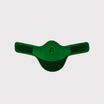 Saddle and Attachments
Saddle and Attachments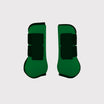 Leg Protection
Leg Protection Bridles
Bridles Feed
Feed Fly Masks
Fly Masks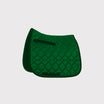 Saddle Pads
Saddle Pads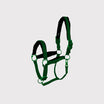 Headcollars and Ropes
Headcollars and Ropes Bits
Bits Other Disciplines
Other Disciplines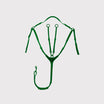 Reins and Auxiliary Reins
Reins and Auxiliary Reins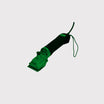 Clipping
Clipping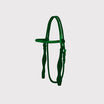 Western
Western Eventing
Eventing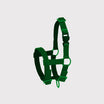 Foals
Foals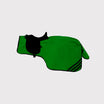 Reflection
Reflection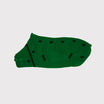 Therapy Products
Therapy Products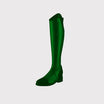 Boots and Shoes
Boots and Shoes Breeches and Belts
Breeches and Belts Tops
Tops Safety
Safety Competition
Competition Heated Clothing
Heated Clothing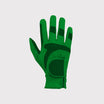 Gloves
Gloves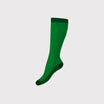 Socks
Socks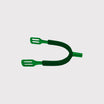 Spurs and Attachments
Spurs and Attachments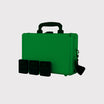 Technology
Technology Whips
Whips Gifts
Gifts Casual Wear
Casual Wear Underwear
Underwear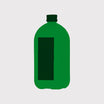 Rider Pharmacy
Rider Pharmacy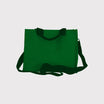 Bags
Bags Books
Books Laundry supplies
Laundry supplies Jewelry
Jewelry Feed and Waterbowls
Feed and Waterbowls Equipment
Equipment Tack Room
Tack Room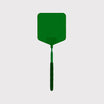 Pest Control
Pest Control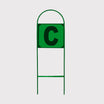 Arena
Arena Horse Toys
Horse Toys Wheelbarrows
Wheelbarrows Yard
Yard Surveillance
Surveillance Disinfect
Disinfect Washing Area
Washing Area Lighting
Lighting Horse Pasture
Horse Pasture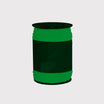 Current Conductors
Current Conductors Pole
Pole Insulators
Insulators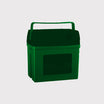 Energisers
Energisers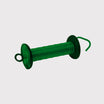 Gate Handles
Gate Handles Batteries and Accumulator
Batteries and Accumulator Nets
Nets Grounding
Grounding Tools
Tools Fencing Security
Fencing Security Wolf Defense
Wolf Defense Fencing Sets
Fencing Sets Fence locks
Fence locks Dogs
Dogs Cats
Cats Rodents
Rodents Dogs Pharmacy
Dogs Pharmacy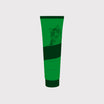 Cats Pharmacy
Cats Pharmacy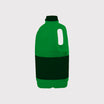 Rodents Pharmacy
Rodents Pharmacy Cattle Pharmacy
Cattle Pharmacy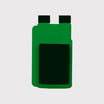 Poultry Pharmacy
Poultry Pharmacy Veterinary Supplies
Veterinary Supplies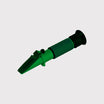 Cattle
Cattle Sheep and Goats
Sheep and Goats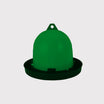 Poultry
Poultry Heat Lamps
Heat Lamps Calves
Calves Marking
Marking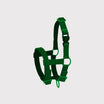 Halters
Halters